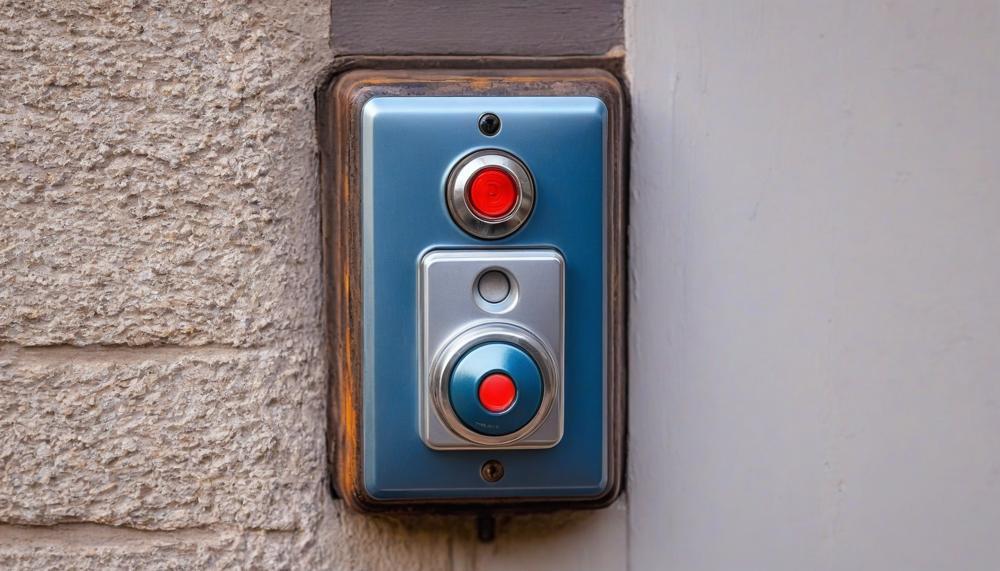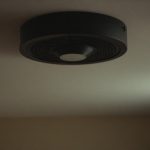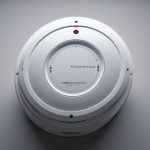Yes, a doorbell transformer can cause a fire, but it is quite rare. Understanding this potential risk is essential for ensuring the safety of your home.
A doorbell transformer is a small yet crucial part of your home’s electrical system. It steps down the high voltage from your main power supply to a much lower voltage, typically 16 volts, which is safe for your doorbell to operate. While the chances are slim, a malfunctioning doorbell transformer can pose a fire hazard under certain conditions.
To catch your attention, let’s highlight why this topic matters:
- Potential Fire Hazard: Although rare, a faulty transformer can overheat and cause a fire.
- Importance of Maintenance: Regular checks can prevent potential risks.
- Professional Installation: Ensuring the transformer is correctly installed reduces the risk of malfunction.
Here are the key takeaways:
- Heat Generation: Doorbell transformers usually handle low voltage and current, minimizing heat production.
- Safety Features: Modern transformers include thermal cut-offs to prevent overheating.
- Loose Connections: Damaged or loose primary windings can cause arcing and sparking, leading to fires.
- Overcurrent Issues: Excessive current draw from the secondary winding due to faulty wiring can also be a fire risk.
- Regular Inspections: Check your transformer for any signs of damage or loose connections.
- Professional Assistance: Always consult a licensed electrician for inspections and repairs.
So, while a doorbell transformer fire is unlikely, regular maintenance and proper installation are critical to ensure safety. Keep an eye on this small yet vital component to avoid any potential risks to your home.
Contents
Primary Winding (P1) in Current Transformers
The primary winding (P1) in current transformers has two main purposes: to carry the current to be measured or monitored and to create a magnetic field that interacts with the secondary winding (P2) to produce a proportional but reduced secondary current.
In the case of doorbell transformers, P1 is responsible for drawing power from the main electrical supply and stepping it down to a safe level for doorbell circuits to operate. This helps prevent fires by reducing the voltage and current levels, making them less likely to generate enough heat to cause a fire.
Additionally, P1 is usually made of thick conductor material and wound around a core of high-permeability material, ensuring it can withstand high currents and enhance magnetic coupling with P2.
Secondary Winding (P2) in Current Transformers
The secondary winding (P2) in current transformers (CTs) is designed to transform high currents from the primary winding (P1) into lower, manageable currents for measurement and protection purposes. By electromagnetically inducing a proportional current, P2 ensures that electrical systems can be monitored and controlled effectively.
Contribution to Potential Fire Hazards in Doorbell Transformers
A doorbell transformer, which reduces the main supply voltage to a safer level, can pose fire risks if there are issues with the secondary winding. Here’s a detailed breakdown:
| Component | Function | Fire Risk |
| Secondary Winding (P2) |
|
|
| Insulation |
|
|
| Design and Calibration |
|
|
Importance of P1 and P2 in Current Transformer Performance
A current transformer (CT) is essential in electrical systems for measuring and controlling the flow of electricity. The P1 and P2 components are pivotal in ensuring the CT functions correctly, thereby preventing potential fire hazards.
P1 is the primary winding that receives the electrical current, and P2 is the secondary winding that produces a proportional current output. These components must work in harmony to ensure the CT accurately measures and controls electrical flow.
| Component | Function | Importance |
| P1 (Primary Winding) | Receives the initial electrical current | Ensures proper current input and initiates measurement |
| P2 (Secondary Winding) | Produces a proportional current output | Delivers accurate measurement and control of the current |

When either P1 or P2 malfunctions, it can cause an imbalance within the transformer, leading to potential overloads. Overloads can result in excessive heat generation, creating a fire hazard. Properly functioning P1 and P2 components help prevent such dangerous situations by ensuring the CT can accurately measure and manage current flow.
Here are some key points on why maintaining P1 and P2 is critical:
- Accurate Measurement: Ensures precise monitoring of electrical currents, preventing overloads that could damage the system and cause fires.
- System Safety: Avoids electrical malfunctions that can lead to overheating.
- Durability: Regular checks and maintenance of P1 and P2 reduce the risk of wear and tear, which can compromise safety.
- Quality Components: Using high-quality P1 and P2 components helps maintain the integrity of the CT, reducing the likelihood of failures.
Applications of Current Transformers
Current transformers (CTs) are indispensable in the electrical industry for measuring and monitoring electrical currents, ensuring safety, and enhancing operational efficiency. Here are some common applications:
| Application | Description | Benefit |
| Power Distribution | CTs measure the current flowing through high-voltage transmission lines, enabling utility companies to monitor and control electricity flow. | Prevents overload and potential power outages. |
| Power Generation | CTs monitor the current output of generators in power plants. | Ensures generators operate within safe limits. |
| Industrial Plants | CTs measure the current draw of large machinery like motors and pumps. | Identifies potential equipment issues before they become hazardous. |
| Commercial Buildings | CTs are used in metering systems for accurate energy consumption measurement and in building automation systems. | Ensures efficient energy use and accurate billing. |
| Fire Hazard Prevention | CTs detect unusual current fluctuations in devices like doorbell transformers. | Prevents overheating and potential fires by alerting users to malfunctions. |
Preventing Potential Fire Hazards
CTs play a pivotal role in preventing fire hazards, particularly with devices like doorbell transformers. Doorbell transformers convert high-voltage electricity into a lower voltage for doorbells. If these transformers malfunction or overload, they can overheat and cause fires.
Using CTs with doorbell transformers helps detect unusual current fluctuations. These fluctuations signal potential problems, allowing homeowners or maintenance personnel to take action before a fire starts. Additionally, CTs can be integrated with alarm systems, providing alerts when current levels exceed safety thresholds, thus ensuring timely intervention.
Conclusion
A doorbell transformer, while generally safe, can pose a fire risk under specific conditions. This small but vital component steps down the high voltage from your main power supply to a safer level for your doorbell. Though rare, a malfunctioning transformer can overheat and ignite, primarily due to loose connections, overcurrent issues, or poor insulation.
Modern transformers are equipped with safety features such as thermal cut-offs to prevent overheating. However, regular inspections are crucial. Look for signs of damage or loose connections, and always opt for professional installation to ensure proper functioning. This vigilance is key in preventing potential hazards.
In essence, while the probability of a doorbell transformer causing a fire is low, consistent maintenance and professional installation are essential to mitigate this risk.





